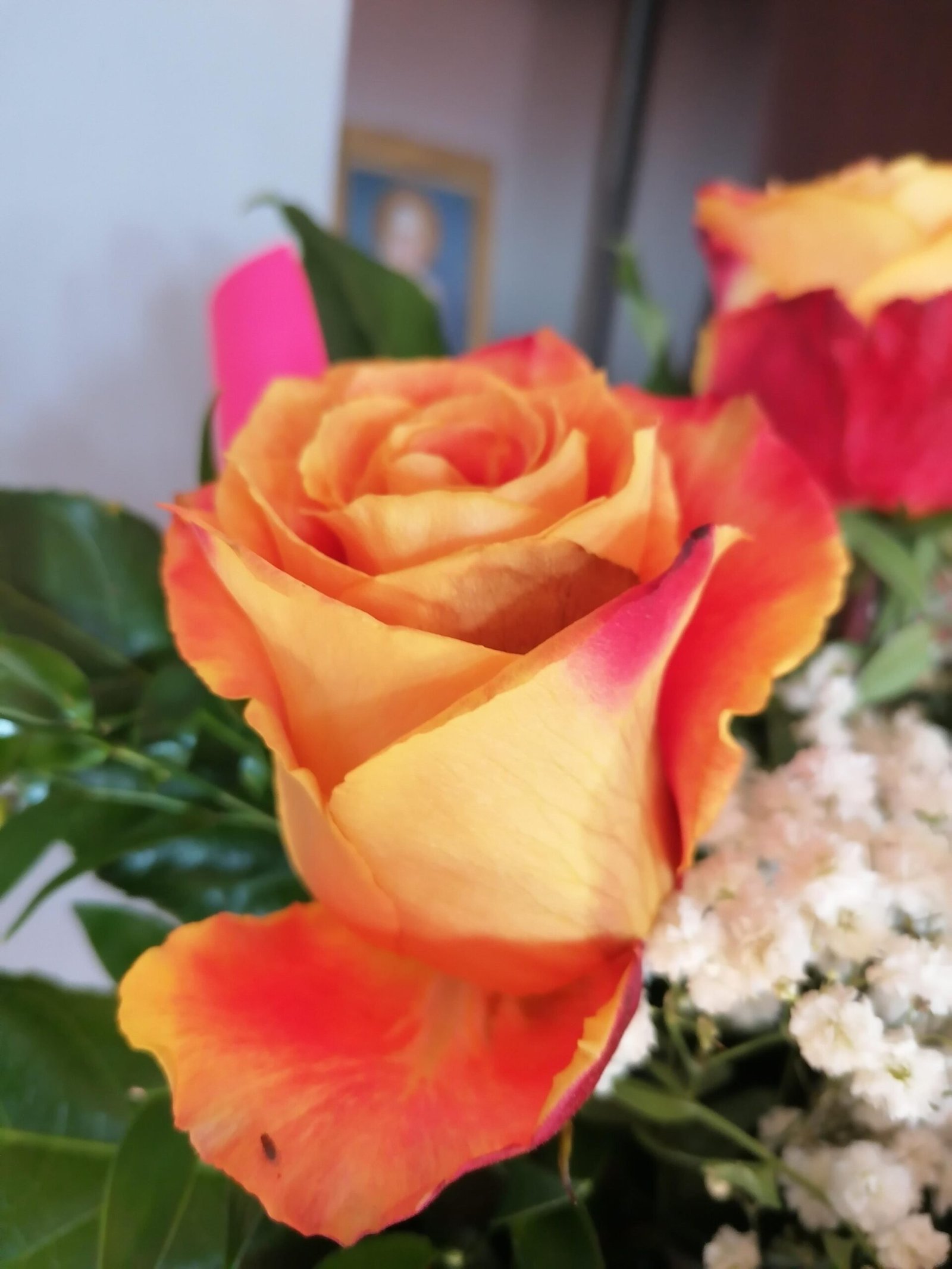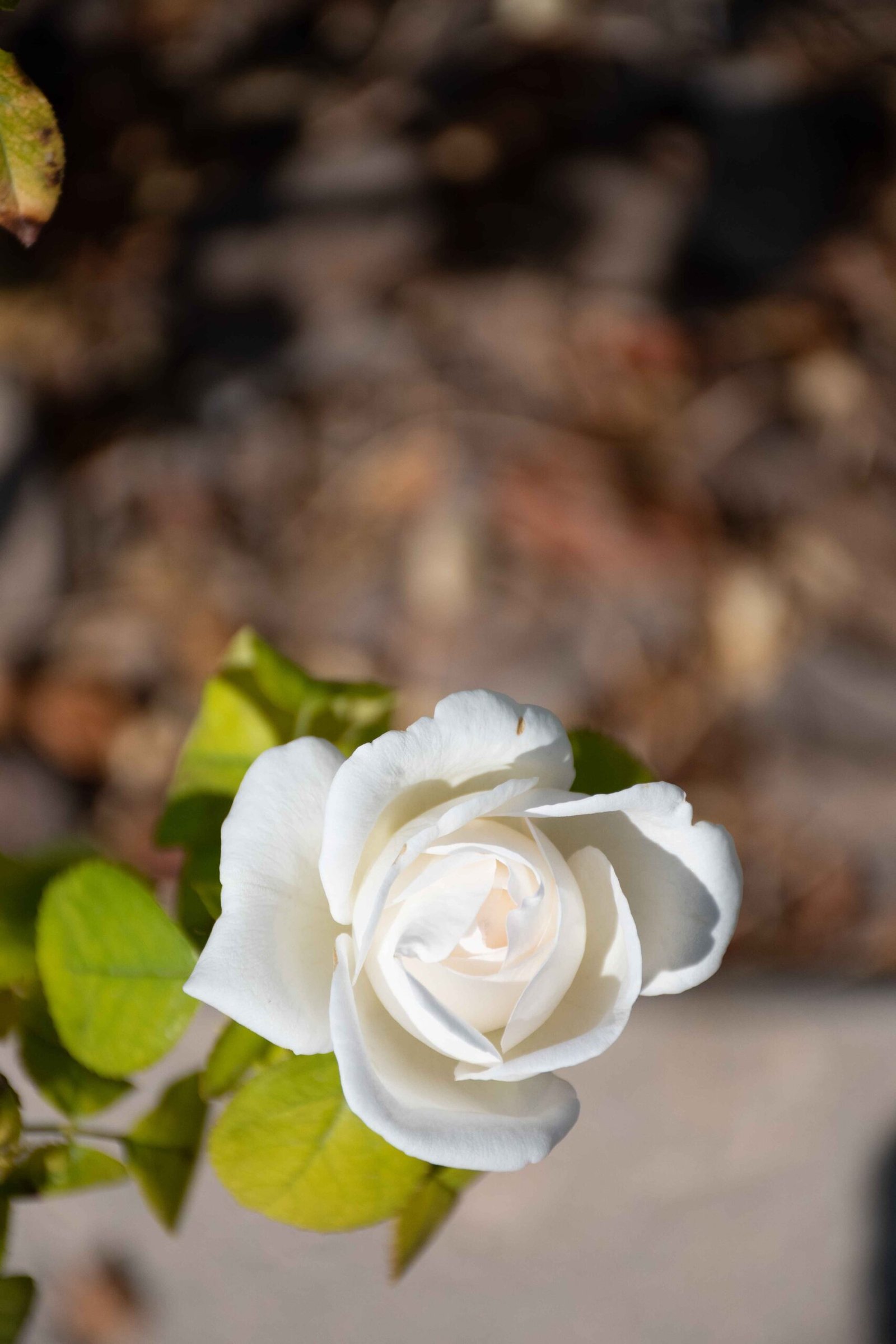Roses are one of the most beloved and iconic flowers in the world, known for their stunning beauty and captivating fragrance. But have you ever wondered about the intricate details that make up the appearance of a rose? From their vibrant color variations to their unique petal structures, roses exhibit a remarkable diversity that can captivate the senses.
What Colors Do Roses Come In?

Roses come in a wide range of colors, including white, yellow, red, pink, purple, and even bi-color, multi-color, striped, and blended hues. Some of the most notable color variations include:
- China Roses and Hybrid Teas are known for their ability to bloom in multiple colors, including whites, yellows, reds, and pinks.
- Damask Roses are famous for their intense, fragrant blooms often in shades of pink, red, and sometimes white.
- English Roses, developed by David Austin, combine the fragrance of old garden roses with the color range and reblooming ability of modern roses, including a wide spectrum of colors.
How Do Rose Petals Differ in Structure?

The number of petals in roses can vary significantly, ranging from just a few to over a hundred. Some key petal structures include:
- Species Roses typically have 4-8 petals and are often single-petaled.
- Centifolia Roses (also known as “cabbage roses”) have flowers with more than 100 petals, giving them a densely packed appearance.
- Hybrid Tea Roses have large, well-formed blooms with a pointed shape, often with 30-50 petals or more.
- Polyantha Roses have large clusters of small flowers, usually with fewer petals compared to other varieties.
How Big Can Rose Blooms Get?
The size of rose blooms can also vary widely, from petite miniatures to large, dramatic flowers:
- Hybrid Tea Roses can have blooms up to 5 inches (about 13 cm) in diameter.
- Miniature Roses have petite blooms, typically ranging from 1-3 inches (about 2.5-7.6 cm) in diameter.
- Centifolia Roses have large blooms that can droop or nod due to their size, often around 3-5 inches (about 7.6-12.7 cm) in diameter.
How Do Environmental Factors Affect Rose Appearance?
The appearance of roses can be significantly influenced by environmental conditions such as sunlight exposure, soil types, and watering needs.
Sunlight Exposure
- Roses generally thrive in full sun, but some varieties can tolerate partial shade. Centifolia Roses and many other old garden roses do well in full sun, while Modern Shrub Roses and Floribundas can adapt to a range of sunlight conditions.
Soil Types
- Roses prefer well-draining soil with a pH between 6.0 and 6.5. Poor soil conditions can lead to weaker growth and less vibrant blooms. Rugosa Roses are particularly hardy and can thrive in poor soil conditions.
Watering Needs
- Adequate watering is crucial for the health and appearance of roses. Roses need consistent moisture, especially during the first year after planting. Polyantha Roses and Floribundas are known for their hardiness and can tolerate some drought, but consistent watering promotes better blooming.
How Do Roses Change Throughout Their Bloom Cycle?
Roses go through several stages of development, each with distinct visual characteristics.
Rose Buds
- Rose buds are typically tight and compact, often with a protective covering of sepals. The buds are usually green or slightly colored, depending on the variety, and gradually swell as they prepare to open.
Fully Opened Blooms
- When fully opened, rose blooms display their full color and petal structure. The petals unfold to reveal the flower’s shape, whether it is globular, open-cupped, quartered, or one of the many other forms. The color of the blooms can be vibrant and intense, especially in varieties known for their strong pigmentation like Damask and Hybrid Tea roses.
Wilting Flowers
- As roses begin to wilt, the petals may droop or fall off, and the color can fade or change. For example, some roses like the Cinnamon peach rose may fade into a salmon color after a week. The overall appearance becomes less vibrant, and the flower may eventually drop off the plant.
Reference:
1. Rose Classifications – American Rose Society: https://rose.org/rose-classifications/
2. The Peach Rose Study – Flirty Fleurs The Florist Blog: https://flirtyfleurs.com/rose-color-study-peach/
3. Types of Roses: A Visual Compendium – FTD.com: https://www.ftd.com/blog/types-of-roses
4. Choosing the Right Rose for Your Garden – The Spruce: https://www.thespruce.com/choosing-the-right-rose-for-your-garden-1342736
5. How to Grow Roses – The Old Farmer’s Almanac: https://www.almanac.com/plant/roses
